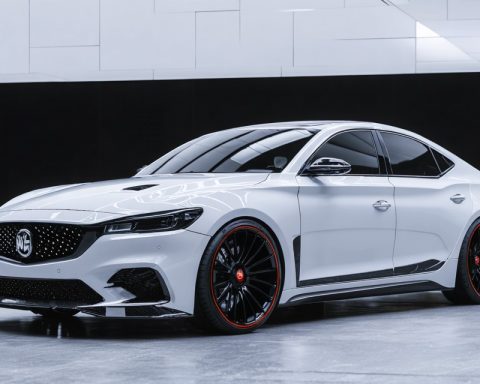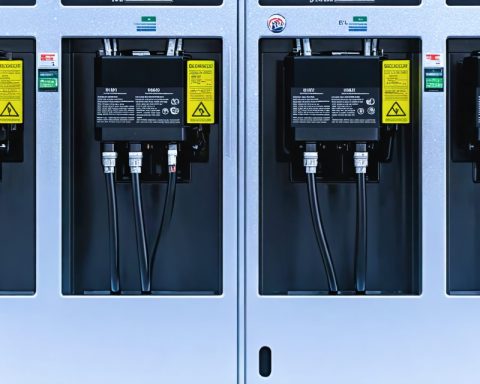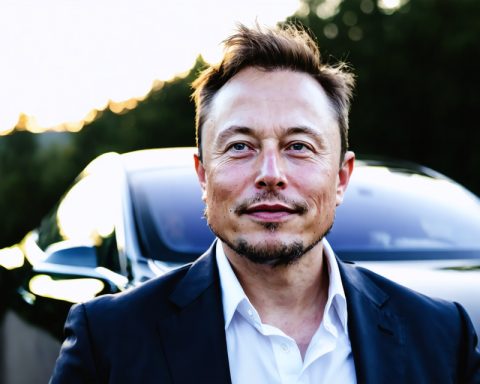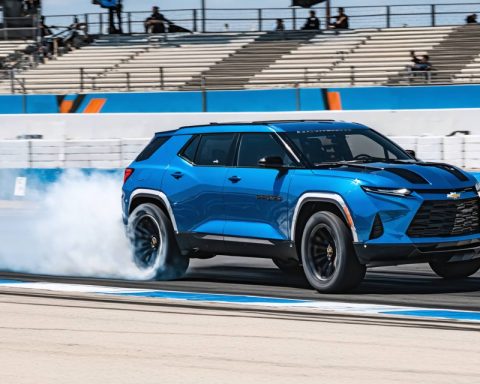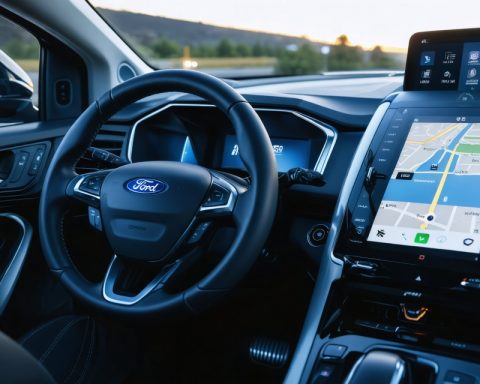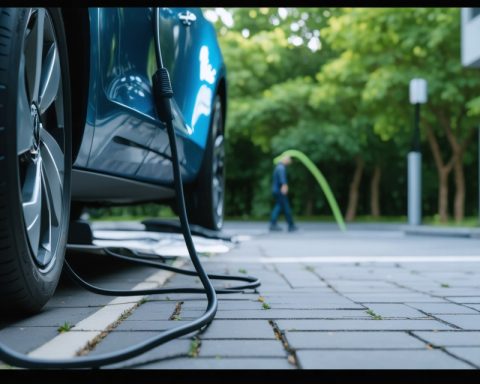- A 25% tariff on auto imports, set by the Trump administration, is poised to significantly impact the auto industry starting in April.
- Elon Musk highlights the increased challenges for Tesla due to global dependencies on parts, despite domestic efforts.
- Almost 50% of vehicles in the U.S. depend on internationally sourced parts, potentially leading to increased production costs.
- The auto industry may face an $82 billion annual cost increase, risking vehicle price rises of over 11%.
- Companies with substantial domestic assembly, like Tesla and Rivian, have some advantages over foreign automakers like Volkswagen and Hyundai.
- Tesla appeals to the U.S. Trade Representative for more thoughtful tariff policies.
- As the impact unfolds, the industry must balance national interests with global interconnections.
As the sun sets on the unsuspecting auto industry, a seismic shift orchestrated by Washington sends ripples through the production lines. Under the stern gaze of the Trump administration, a 25% tariff on auto imports, slated for kickoff in April, looms like a thunderstorm on the horizon, poised to redefine the landscape for automakers and consumers alike.
Elon Musk, ever the sentinel of innovation, warns of the storm’s coming wrath. The iconic CEO of Tesla beams a stark message to his followers, hinting at the turbulence lurking beneath the shiny exteriors of American-produced Teslas. Despite concerted efforts to source domestically, Musk reveals that not all components can wave the stars and stripes. As the trade winds shift, the intricate global web of auto parts faces an upheaval.
While seeking to bolster American manufacturing, the tariffs unfold a complex narrative. Almost half of the vehicles cruising American roads rely on parts that cross international borders. The economic tide is set to swell, threatening to inundate companies and consumers with rising costs. Tesla, a pioneer yet reliant on global imports for its electric steeds, feels the tug of the tariff’s undertow, challenging its bottom line.
But Musk is not alone in contemplating tariff implications. The broader auto industry braces for a weighty $82 billion annual blow should companies swallow the new expenses. The alternative? A steep ascent in vehicle prices, projected to spike by over 11%. For Tesla, and fellow electric vehicle trailblazer Rivian, the potential damage is tempered by substantial domestic assembly—an advantage highlighted by industry analysts who deem these titans the least exposed to tariff tumult.
Yet, the narrative isn’t as forgiving for foreign stalwarts like Volkswagen and Hyundai, with analysts painting a somber forecast. Even with local titans such as General Motors on domestic grounds, billions are at stake, confirming that all players share the stage in this high-stakes drama.
In a bold letter to the U.S. Trade Representative, Tesla pleads for perspective, urging thoughtfulness about the downstream impact of such sweeping policies. As models continue to roll off the Montgomery, Berlin, and Austin production lines, the clangor of global dependency echoes through the corridors of industry power.
As April dawns, the automotive realm stands at a crossroads. The coming months will not only test the resilience of companies like Tesla but also shape the daily rides of millions of Americans. Consumers, industry veterans, and policymakers stand keenly watching, each steering through turbulent waters with an eye toward an unpredictable destination.
A profound truth emerges: the lessons of this tariff turbulence extend beyond the simple calculus of dollars and cents. They speak of a world entangled, a modern economy that thrives on interconnection, urging stakeholders to craft policies that embrace both national pride and global participation. In the relentless march of progress, balance, it seems, is the driver’s seat’s prized possession.
How Trump’s Tariffs on Auto Imports Are Reshaping the Auto Industry
The imposition of a 25% tariff on auto imports by the Trump administration presents both challenges and opportunities for the auto industry. This move has prompted significant ripples across the sector, impacting both manufacturers and consumers alike. As the industry adapts, several key factors and insights emerge that delve deeper into the ramifications of this policy.
Key Impacts on the Auto Industry
1. Domestic Manufacturing and Job Creation
The tariffs are aimed at boosting domestic manufacturing, encouraging automakers to increase production within the United States. This could lead to job creation in the short to medium term, particularly in states with strong automotive industries. However, the increased cost of imported components may offset some benefits, as companies might optimize costs through automation rather than hiring.
2. Pricing Pressure on Vehicles
As tariffs increase the cost of imported components, automakers might pass these costs onto consumers. The predicted average vehicle price increase of over 11% could lead to reduced demand, particularly for foreign vehicles, potentially stymieing growth in the luxury and economy sectors.
3. Impacts on Tesla and Electric Vehicles (EVs)
Tesla, with its domestic assembly, appears less vulnerable compared to other manufacturers relying heavily on imports. However, the company still faces challenges due to its reliance on specialized global components. Rivian and other electric vehicle manufacturers might similarly experience a mixed impact due to these tariffs.
4. Pressure on International Automakers
Manufacturers like Volkswagen and Hyundai may face significant disruption due to their dependency on cross-border supply chains. These companies might be forced to realign their strategies, potentially moving more production to U.S. soil or exploring partnerships to mitigate costs.
Industry Trends and Forecasts
Increased Investment in American Manufacturing
With tariffs adding pressure, automakers might invest more in U.S.-based facilities. This could bolster the “Made in America” brand, thus appealing to a section of the market despite higher vehicle prices.
Strategic Alliances and Innovation
Companies may seek strategic alliances to streamline costs and innovate locally produced components. This, coupled with advancements in technology, might foster competitive advantages in the long run.
How-To Steps for Consumers
Navigating the New Market:
– Research: Stay informed about how tariffs affect your preferred car models’ prices.
– Explore Alternatives: Consider electric or hybrid models which may benefit from domestic policies.
– Leverage Incentives: Look for government incentives aimed at reducing the cost of new car purchases.
Security and Sustainability Insights
The tariffs may encourage the development of alternative supply chains with closer-to-home sources, potentially reducing long shipping lines and contributing to a more sustainable approach by lowering the industry’s carbon footprint.
Conclusion and Recommendations
This transformative period calls for strategic planning from automakers to adapt to evolving circumstances. For consumers, staying informed and considering alternatives could be beneficial steps forward. The auto industry and policymakers may also focus on finding a balance between national interests and global cooperation to ensure long-term sustainability and growth.
For more insights into global trade policies and economic impacts, visit the Brookings Institution.


